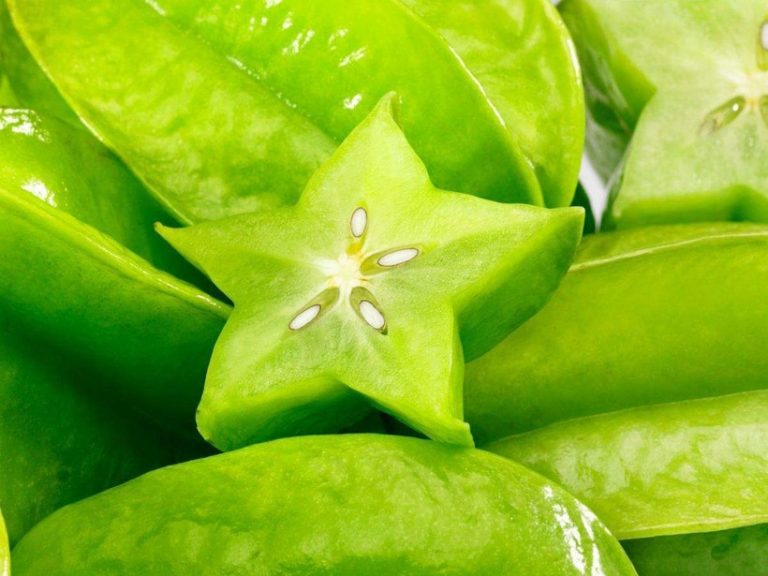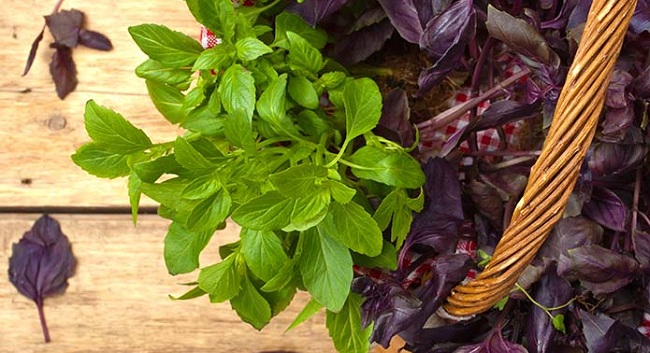Carambola, or star fruit, is one of the exotic fruits that is a traditional food for people in Indonesia, Thailand, India, and other countries of Southeast Asia.

- The fruit has several names – starfruit, carom, star apple, tropical star. Several names of the fruit are associated with the star, and all because in the context of the slices of carambola are very similar to five-pointed stars.
- Fruits grow on low evergreen trees of the oxalis family, which reach a height of 3-5 m. The leaves of the tree are acacia-like, reaching 30 cm in length.
- The fruits are crispy and juicy, with an unusual oblong shape, with growths like sharp ribs. Ripe fruits are amber-yellow in color, up to 15 cm in length. Inside there are seeds that look like pumpkin seeds.
- Carambola is eaten with the peel. The fruit tastes like a combination of apple, citrus, grape, and pear.
- Carambola is divided into 2 types: sweet with large fruits up to 12 cm in length, and sour, with small fruits and sharper edges of the ribs.
- Carambola varieties differ in their taste. Some resemble a combination of an apple with grapes, a plum with a gooseberry, or a rose apple. There are several main varieties of this plant.
- The leaves of the tree curl up like the wings of a butterfly when they lack light or are touched.
- The carambola flowers have a very original taste; they are used as seasonings for salads. The unripe fruits are used as vegetables, and a delicious stew is obtained from stewed green star fruit.
- In India, the fruit is used as an effective hangover cure. Residents of Sri Lanka clean hard-to-remove stains from tissues with fruit juice.
- Green fruits are used to whiten dentures due to a large amount of oxalic acid.
- The leaves of the plant are similar in taste to spinach, they are actively used in cooking, especially in India.
- Fruit juice perfectly quenches thirst on hot days.
- Unripe fruits in Thailand are used as a shine for brass and copper products.
- Fruits contain a lot of vitamins C, A, and group B, they contain sodium, calcium, phosphorus, iron, potassium, magnesium, ascorbic acid, and fiber. The fruit is very useful and has medicinal properties.
- In the traditional medicine of warm countries, where the fruit comes from, carambola leaves, seeds, fruits, and flowers are used to treat many health problems.










